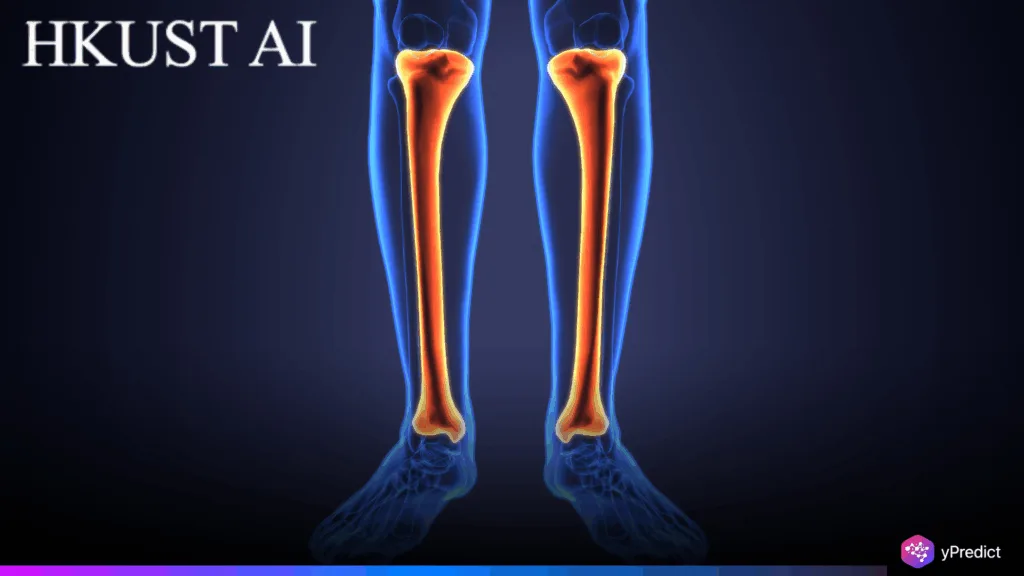
A team of scientists at the Hong Kong University of Science and Technology (HKUST) has created an AI-based model that is able to determine 3D images of bones and organs after just using 2 to 4 normal X-rays. This causes a huge 95-99 percent decrease in radiation exposure compared to conventional CT scans. The system has a near-30-second rendering time, and it offers 97% accuracy compared with CT-based procedures. It is also less expensive, more accessible, and creates less wait time with the help of the technology. The applications that have the most significant potential are surgical planning, real-time imaging, and customized implants.
HKUST’s AI Imaging Model Dramatically Cuts Radiation
Classical CT scans are vital in the diagnosis of internal diseases and surgical planning operations, and they need hundreds to up to 500 X-ray views, hence exposing the body to a lot of radiation. The new imaging system in HKUST consumes only 2-4 sparse-view X-rays to create detailed 3D models of bones and organs, and it cuts the amount of radiation required by up to 99 percent. The project, headed by Prof. LI Xiaomeng, is a giant step in medical safety and efficiency.
The algorithm gives results within an average of 30 seconds, whereas CT scans require several minutes, even hours, to produce their results. This is its speed, which makes it applicable in time-sensitive facilities like emergency rooms and operating rooms. Although the algorithms are based on a smaller amount of data, AI-processed models are equal to 97 percent of the accuracy that traditional scans can provide, providing diagnostic and treatment insights at a high level.
Real-World Applications Include Surgery and Implant Design
The imaging system at HKUST has other applicable applications other than diagnostics. Its capability of producing a correct three-dimensional model in a few seconds actually makes it useful in pre-surgical planning and open surgeries in real-time. It also enables surgeons to see the structures in the bones and tissues rapidly without having to wait and spend so much money to have a CT scan done, which improves the decisions and accuracy.
The other key application is in the design of personal implants. HKUST has joined forces with Koln 3D Technology (Medical) Limited to use the imaging system in the fabrication of orthopedic implants. Conventionally, implant design involves the use of a CT scan and days of manual modeling. With the new AI solution, it is possible to shorten design time to a few minutes with up to a 70% cut in production cost. This will enable the production of custom medical devices to be speedier and provide increased access among patients requiring the same.
A validation is being conducted in public hospitals in Hong Kong. In such settings, the waiting line for a CT scan may take up to three weeks for semi-urgent cases. X-rays are ordered many more times and in a much shorter time so the integration of this AI model has the potential to revolutionize the workflow, reduce the time of care delivery and lower the costs system-wide.
A Safer, Faster, Cheaper Future for Imaging
Its AI-enhanced imaging technology is a revolutionary step in medical technologies because it can decrease the exposure to radiation by 99 percent, produce 3D images quickly and with great precision, and save money and wait time. The model has real value to patients and medical professionals with possible use in diagnostics, surgical planning, and clinical implants. Validation is under discussion in public hospitals, and there is the possibility that a massive shift to them will start soon. The invention may change the paradigm of medical imaging and ensure that high-quality diagnostics become more available and safer all over the world. Is this the future of noninvasive, AI-enabled medical imaging standard everywhere?






